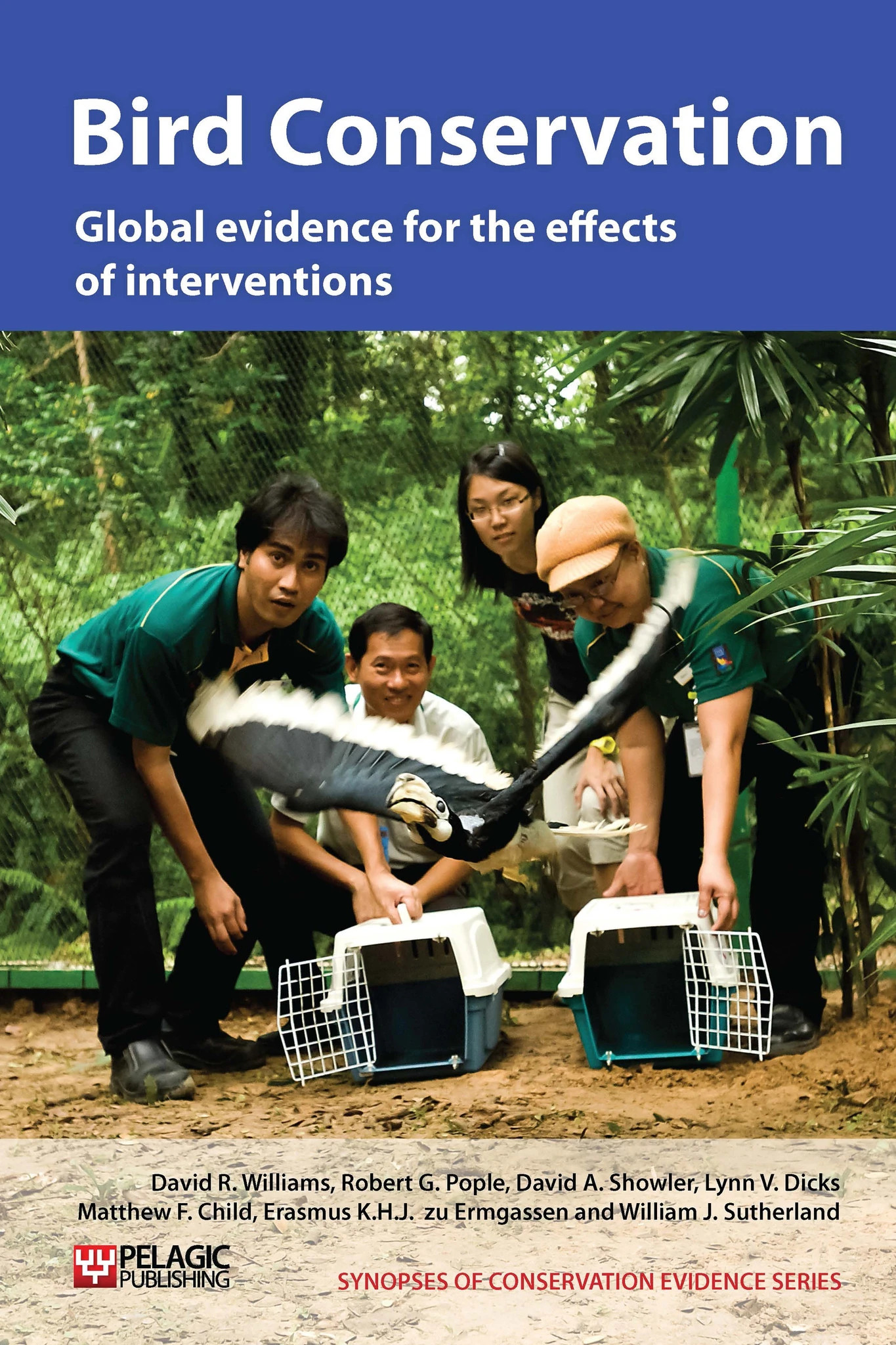Translocate petrels and shearwaters
-
Overall effectiveness category Likely to be beneficial
-
Number of studies: 3
View assessment score
Hide assessment score
How is the evidence assessed?
-
Effectiveness
60% -
Certainty
50% -
Harms
0%
Study locations
Supporting evidence from individual studies
A replicated, controlled study on Cabbage Tree Island, New South Wales, Australia, in 1995 (Priddel & Carlile 2001), found that the fledging rate of 30 Gould’s petrel Pterodroma leucoptera chicks translocated from their burrows to artificial nests nearby and hand-fed was not significantly different from control (unmoved, parent-fed) birds (100% of translocated chicks fledging vs. 29/30 controls). Translocated chicks were also significantly heavier than controls. Gould’s petrels only nest in two gullies on the island, 150 m apart, but show such strong philopatry that there is very little interchange between the gullies. As well as increasing inter-breeding, this study acted as a test case, before a possible translocation to another island (see (3)). Chicks were moved before they emerged from burrows (and so could imprint on their surroundings), but as late as possible to minimise the amount of artificial feeding required. This study is also discussed in ‘Provide artificial nesting sites’, ‘Provide supplementary food to increase reproductive success’ and ‘Artificially incubate and hand-rear birds in captivity’.
Study and other actions testedA replicated study on Mana Island, North Island, New Zealand (Miskelly & Taylor 2004), found that 49% of 239 common diving petrels Pelecanoides urinatrix fledged successfully after being translocated to the island in 1997-9 from two other islands and hand-reared (see ‘Artificially incubate and hand-rear birds in captivity’) in artificial nests (see ‘Provide artificial nesting sites’). The first breeding of translocated birds was recorded in 2000 and by 2003 there were 19 pairs in the colony (which had been empty until 1997). Vocalisations of petrels were also played on the island, see ‘Use vocalisations to attract birds to safe areas’.
Study and other actions testedA before-and-after study in New South Wales, Australia (Priddel et al. 2006), found that a new breeding colony of Gould’s petrels Pterodroma leucoptera leucoptera was successfully established on Boondelbah Island, following the translocation of 100 nestlings in 1999 (95 fledging) and 100 in 2000 (100 fledging) from Cabbage Tree Island. In 2003-4, 41 petrels (both translocated and unknown birds) were recorded on the island, with 21 breeding pairs producing a total of 24 eggs and 14 fledglings in five years since the translocations. No negative impact was recorded on the productivity of the Cabbage Tree Island population. Nestlings were translocated from Cabbage Tree Island (1.4 km away) when they had reached their maximum weight but before they emerged from burrows (11-28 days old in 1999, 11-22 days old in 2000). They were moved to artificial nests (details in ‘Provide artificial nesting sites’) and fed fish and squid until they stopped feeding.
Study and other actions tested
Where has this evidence come from?
List of journals searched by synopsis
All the journals searched for all synopses
This Action forms part of the Action Synopsis:
Bird Conservation
Bird Conservation - Published 2013
Bird Synopsis





)_2023.JPG)














